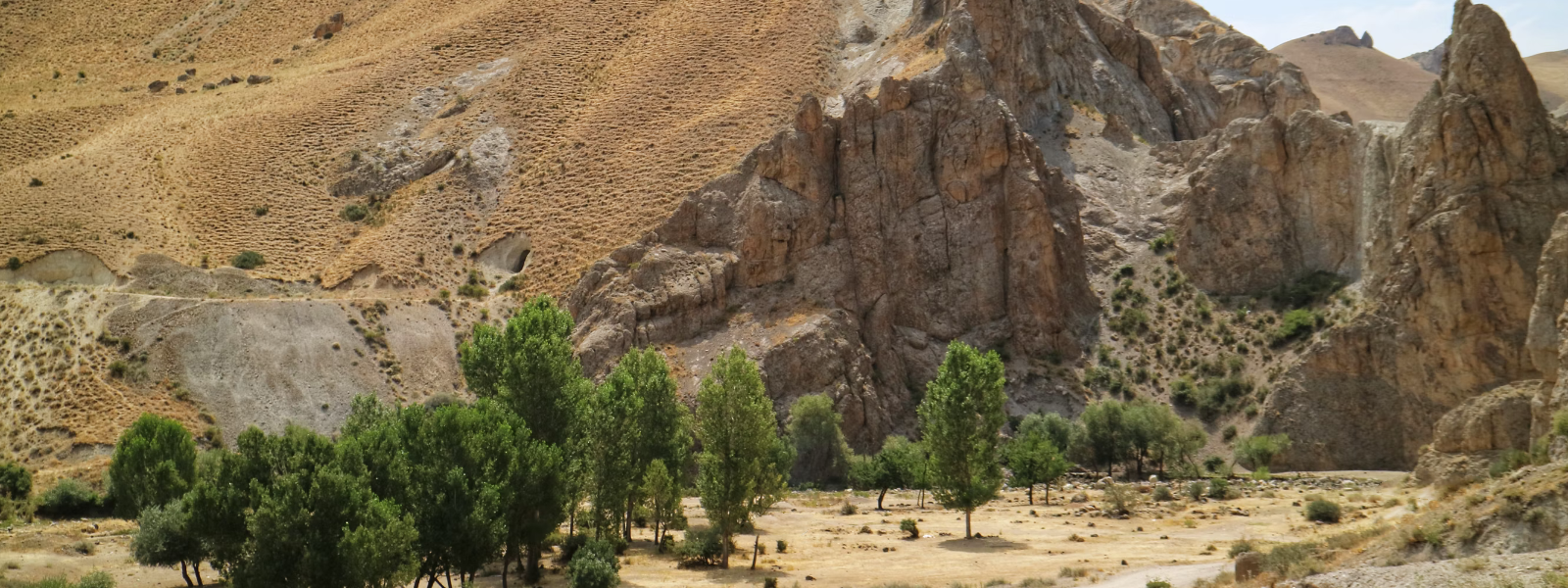Aerial Cableways
Huge suspended ropes that transport folks and materials up over steep and mountainous terrain.
Aerial cableways originated in Belu and were first used to transport ore from the mountainside mines where roads and rails were impractical or too costly to set up. Miners began using large metal carts to also transport their tools and equipment, and eventually changed the design to be just about safe enough to ride in themselves - making a quicker journey to and from the worksite.
Modern passenger cableways, also known as cable carts (or cable cars), have comfortable designs that are safe to use and are a favoured method of transport for what would otherwise be a very long journey of months on the road or weeks at sea to go around the coast and cross the mountains.
The carts do not continuously circulate, but the wait and long queues are well worth it for the spectacular views. Originally the cableways involved a lot of manual labour to operate, but in 317 2A the first mechanical cableway was open for business. Since the dawn of the Third Age, wire rope has replaced traditional barac ones, and new methods of powering the machines that crank the cables is being developed.
The carts do not continuously circulate, but the wait and long queues are well worth it for the spectacular views. Originally the cableways involved a lot of manual labour to operate, but in 317 2A the first mechanical cableway was open for business. Since the dawn of the Third Age, wire rope has replaced traditional barac ones, and new methods of powering the machines that crank the cables is being developed.
"If it weren't such a long journey I'd rather avoid the cable carts. They make me feel dizzy being up so high, and the jolts as the cart suddenly lurches downwards after passing over one of the support pylons makes my stomach drop. I don't care if it's banned on the cart - next time I'm bringing a stiff drink to give me some liquid courage. "
Origin
Belu
Belu
Nickname
Cable carts, cable cars




Comments